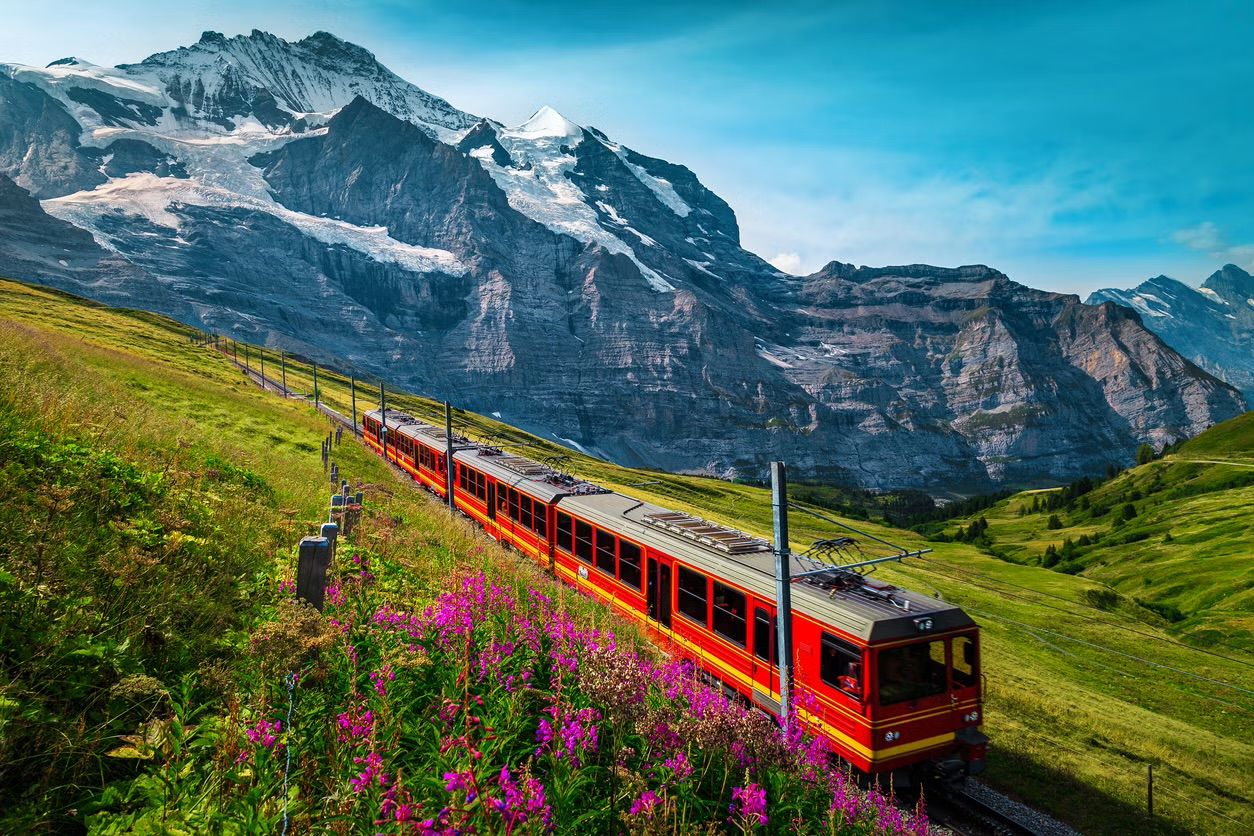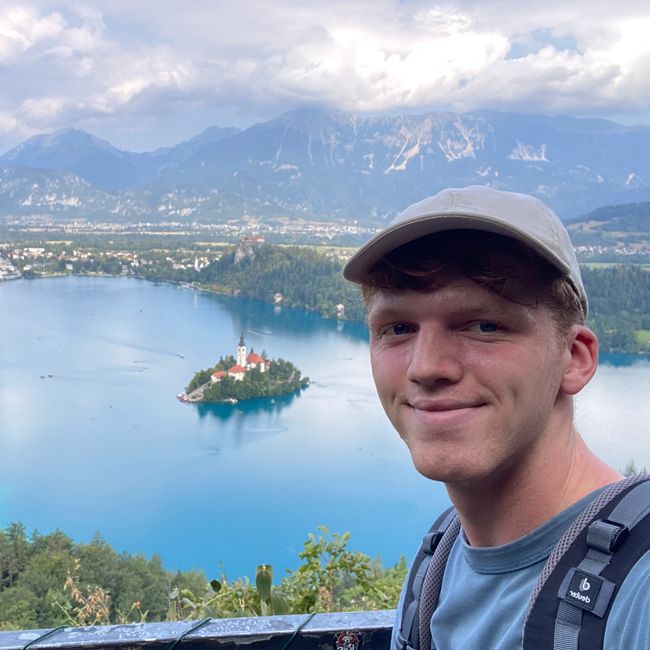Day 2 - Exploring Ljubljana
ຈັດພີມມາ: 27.08.2024
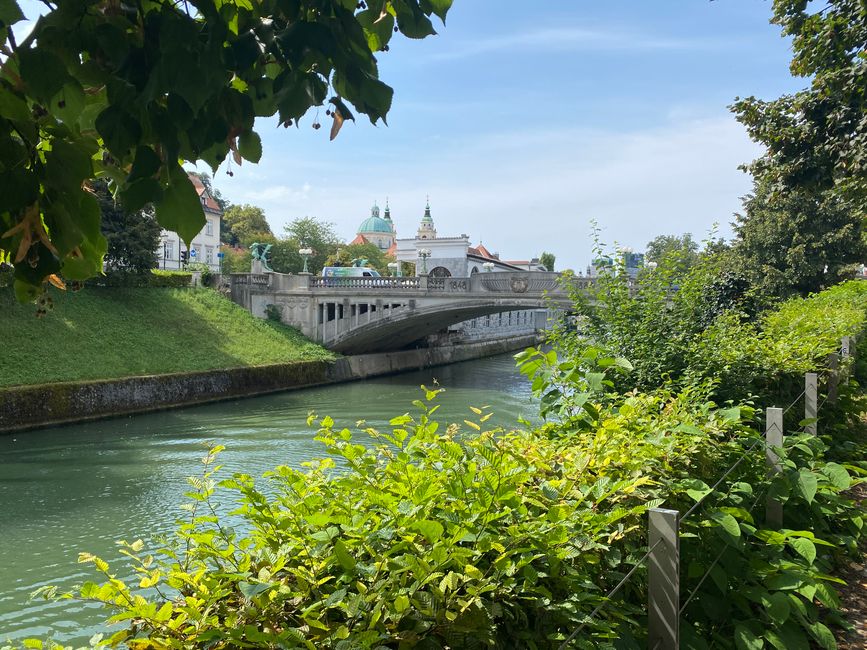
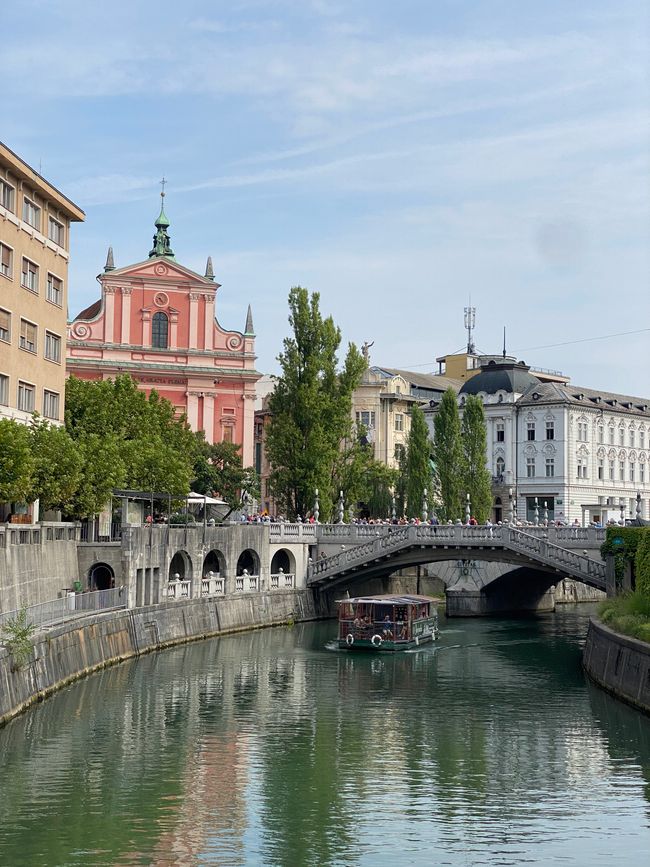
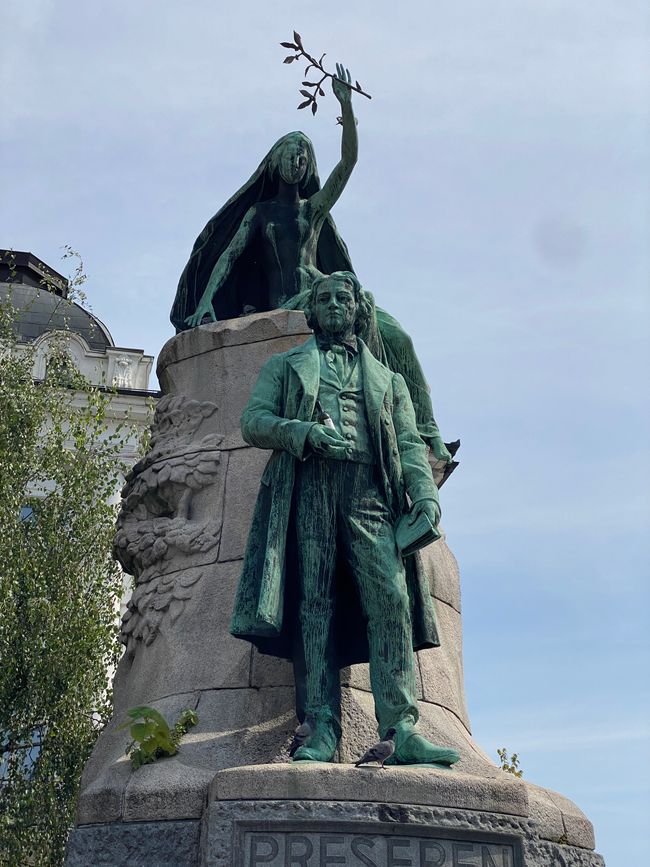
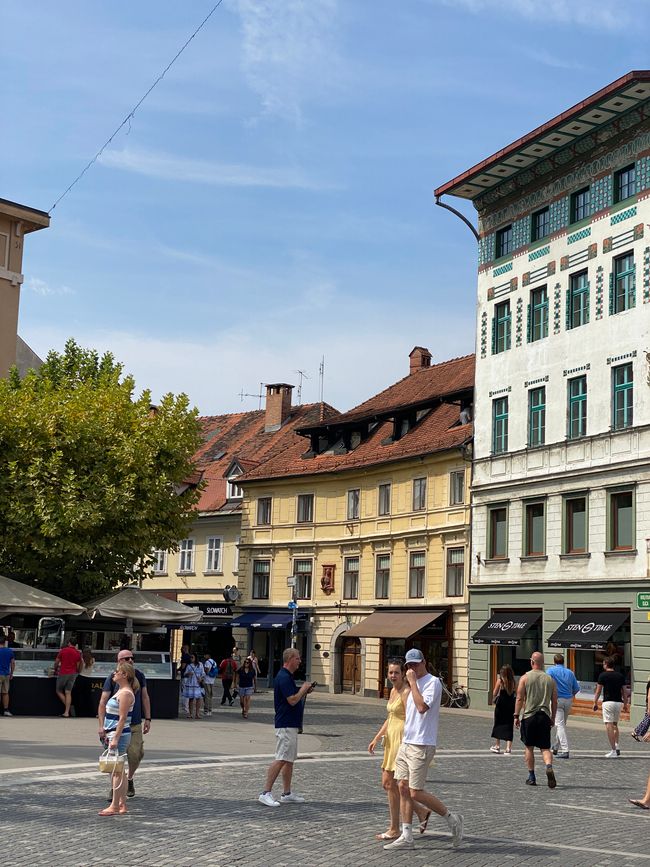
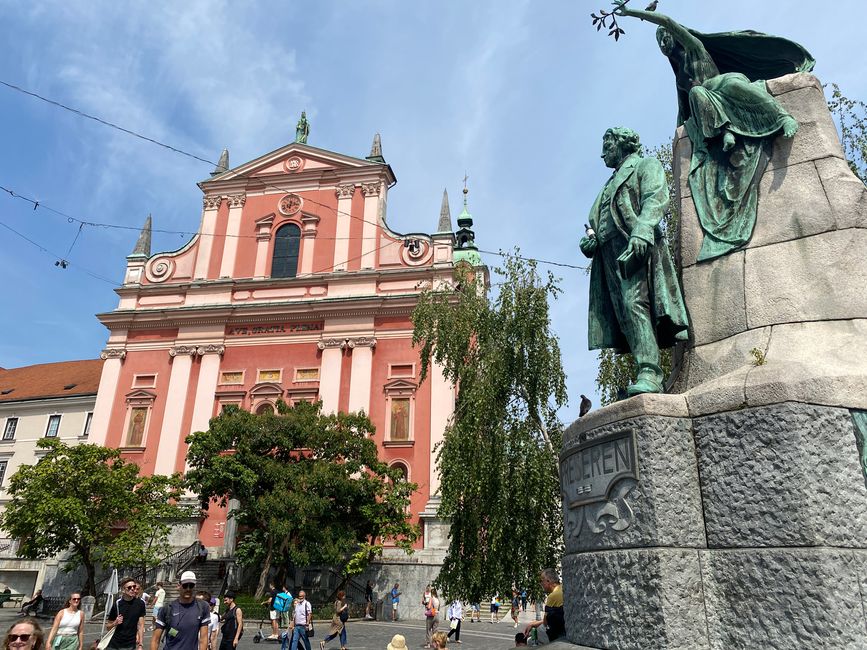
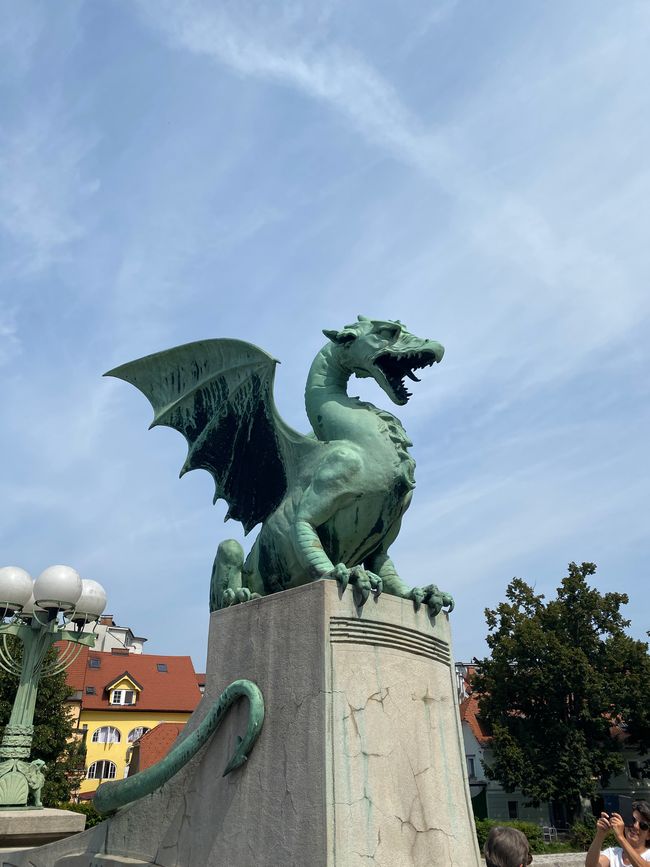

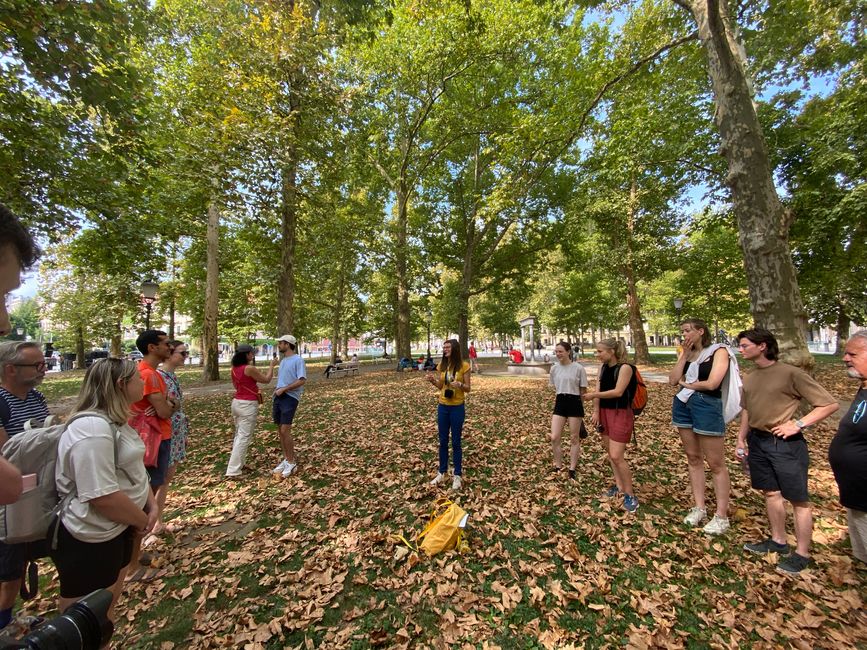
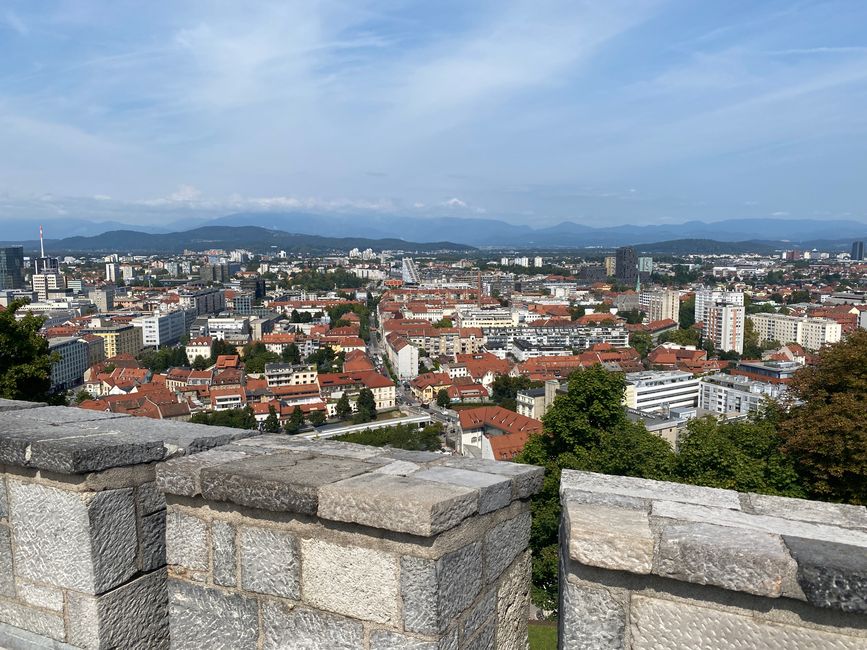
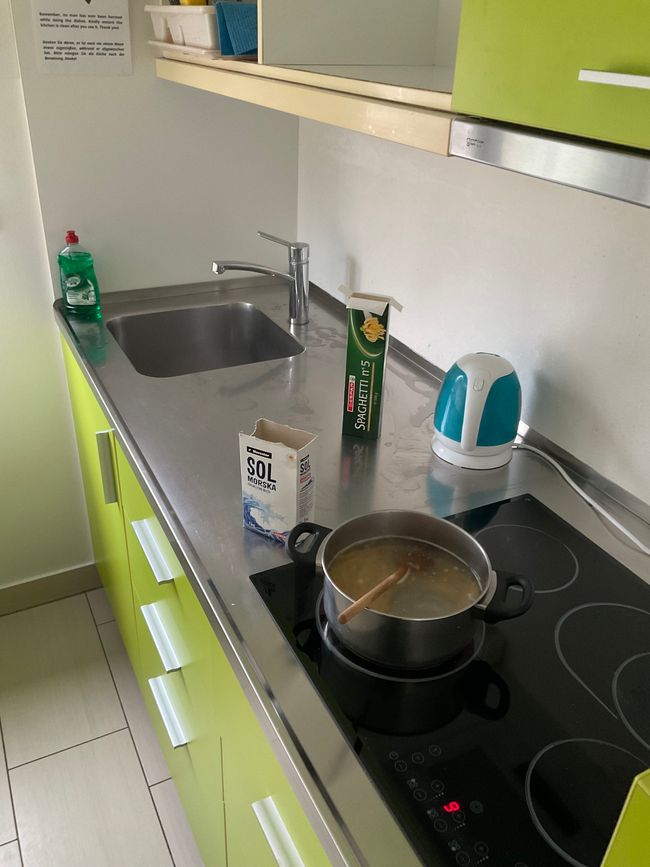
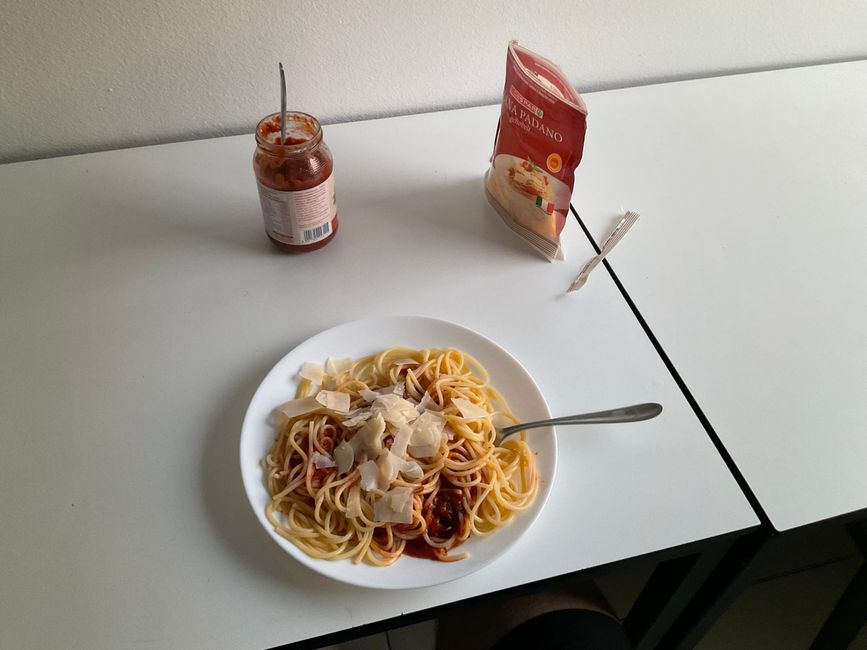
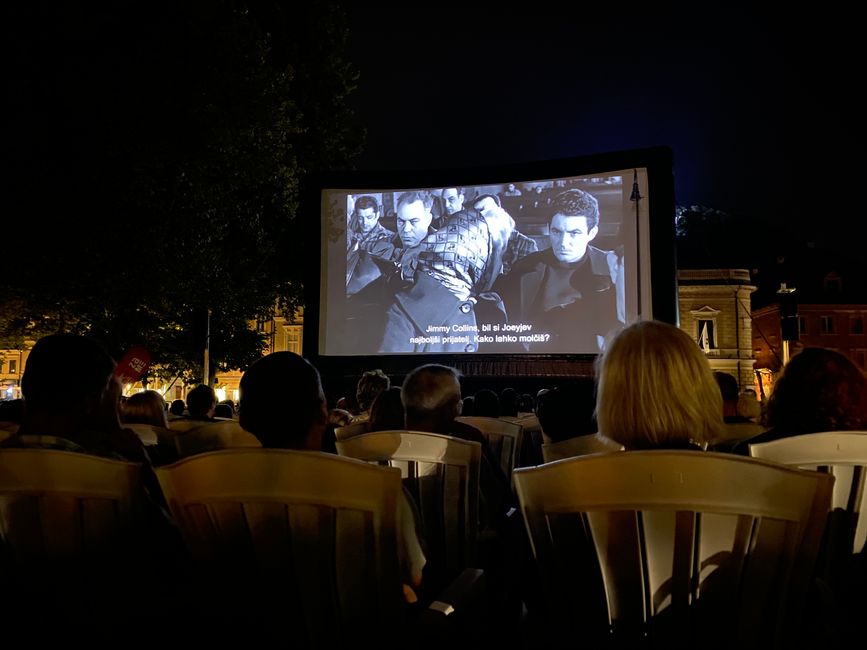
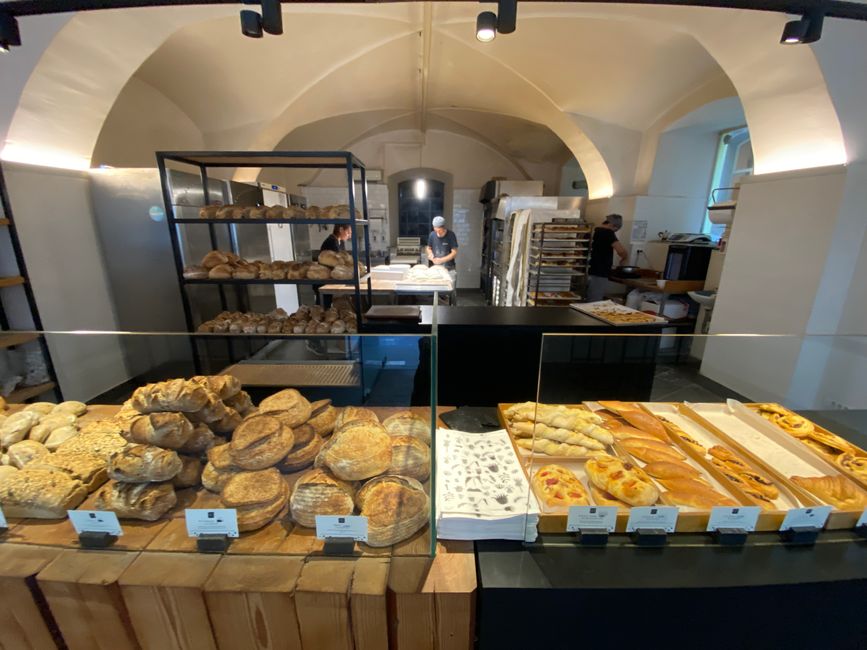
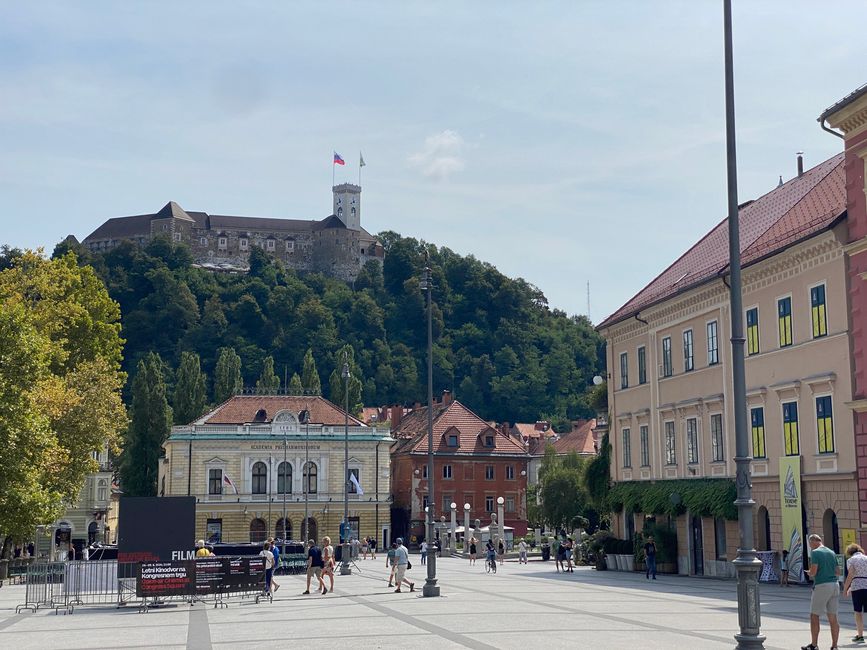
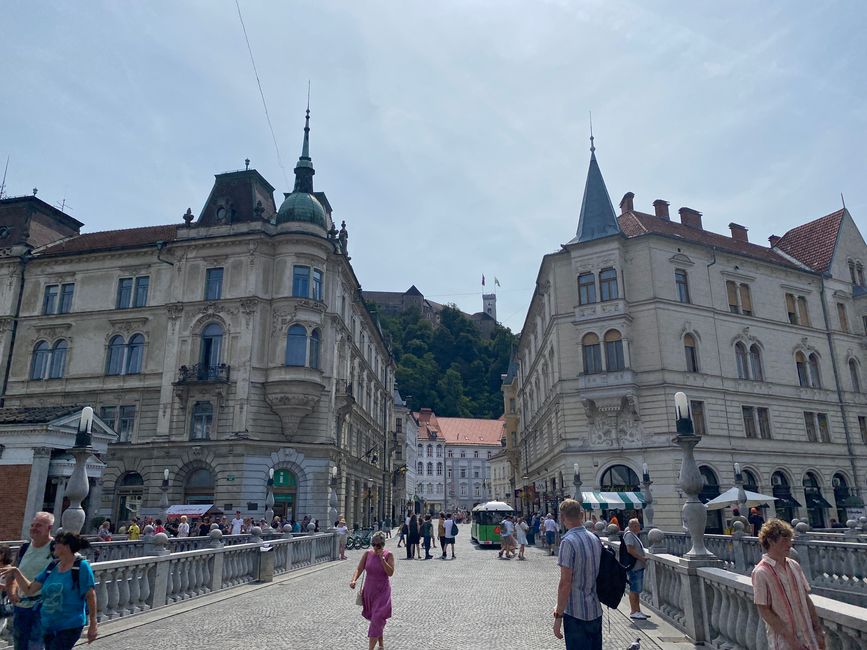
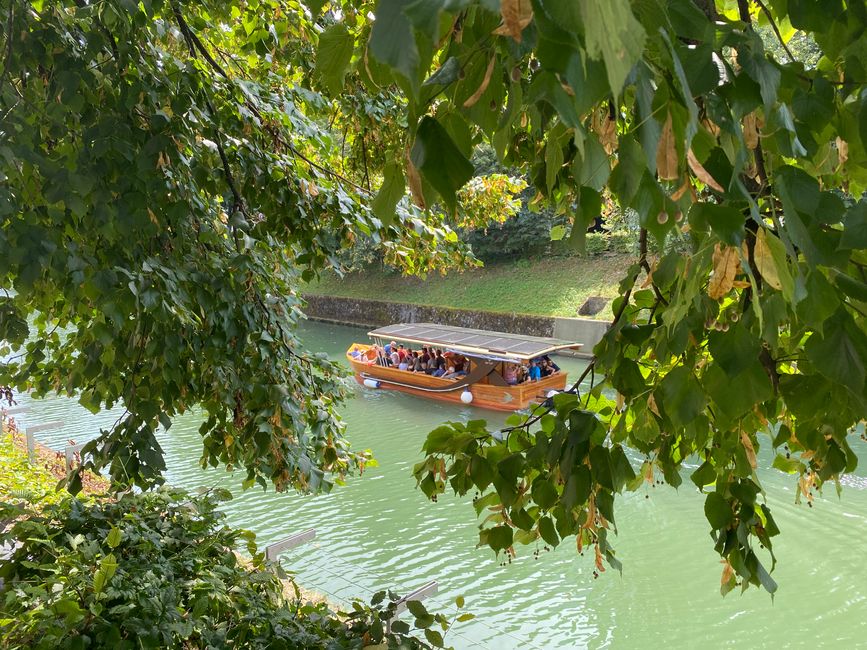

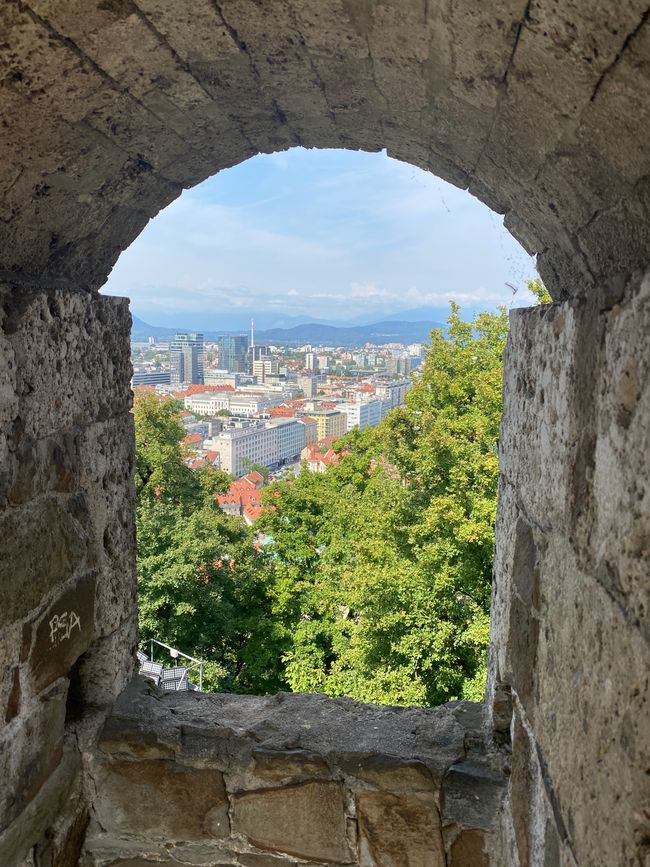
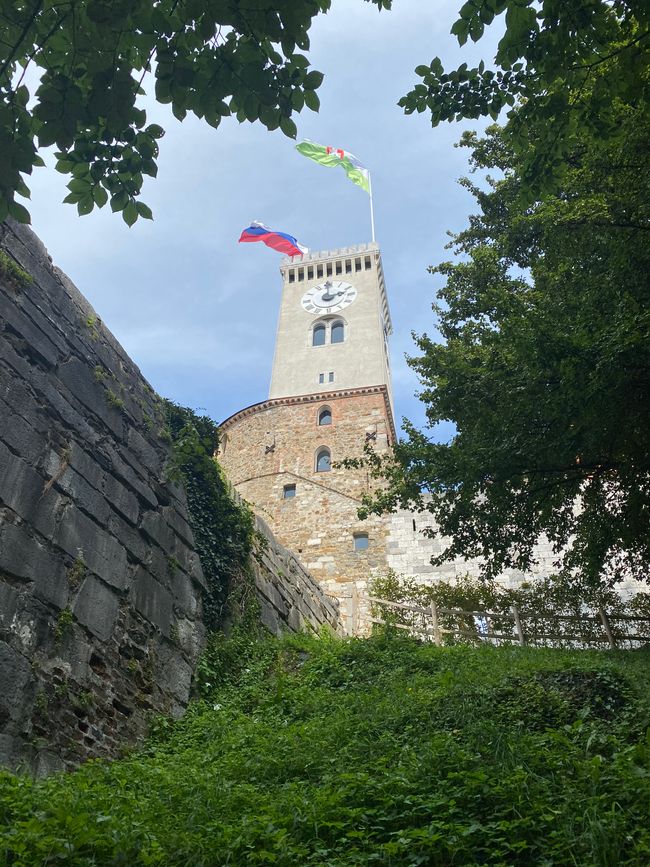

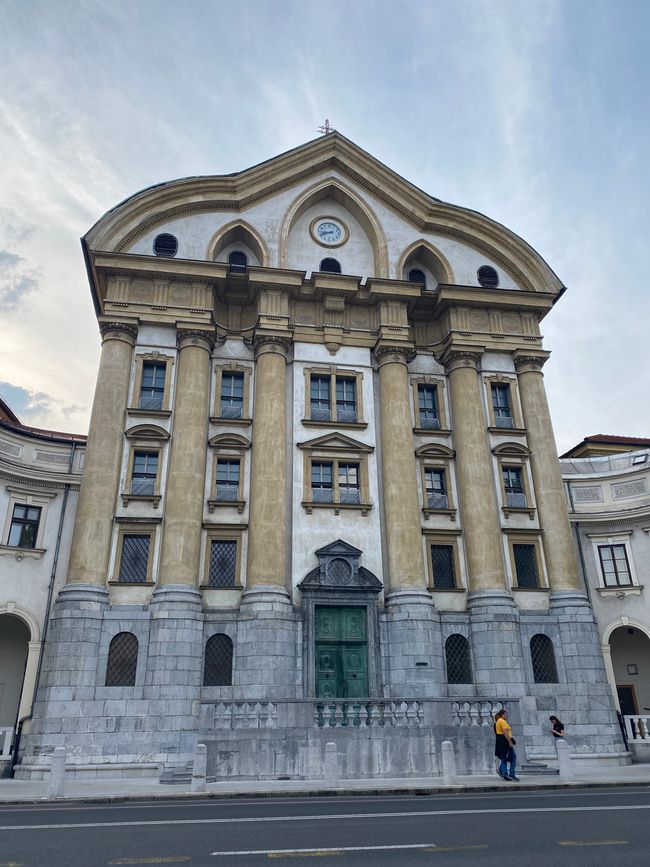
ຈອງຈົດຫມາຍຂ່າວ
My day started at 8:00 at the bakery, then I went to Prešeren Square, where I participated in a free city tour.
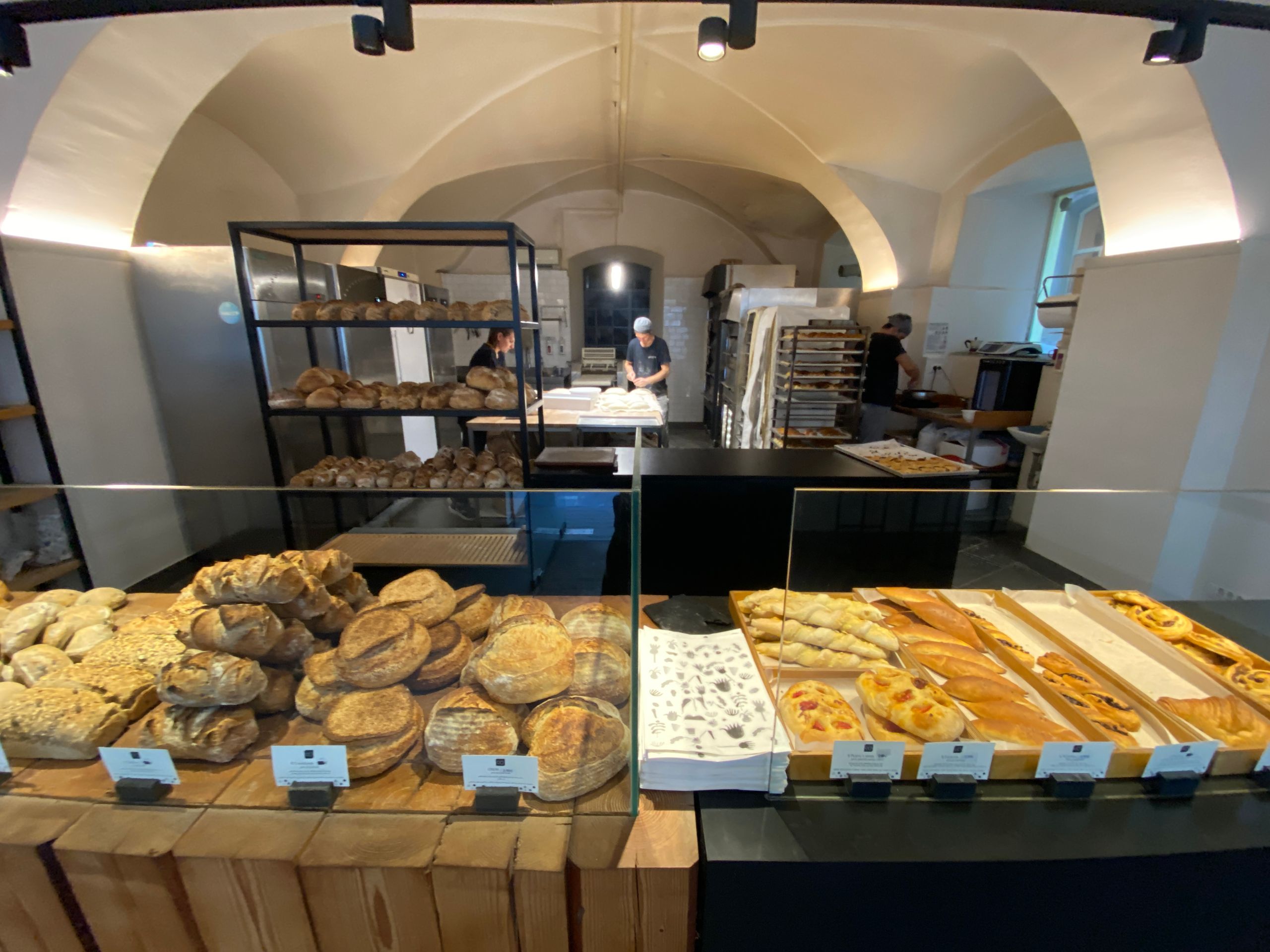

During the tour, I perceived Ljubljana as a peaceful and warm-hearted city.
Prešeren Square is named after the Romantic poet France Prešeren, whose poem “Zdravljica” (translated “A Toast”) became the Slovenian National Anthem. The national anthem speaks of the ideal of peaceful coexistence of all countries.
A toast to the peoples,
who long for the day,
when from the universe
the gray of discord is driven away;
where to friends
freedom appears,
and where the enemy becomes the neighbor.
A monument to Prešeren was dedicated in this square. Following his gaze, one finds an image of a woman on a house wall. Julia, Prešeren's great love, came from a noble family, in contrast to him, so his love had to remain unrequited. After both died, their statues were erected facing each other, so they could be together forever after their deaths. Above Prešeren, a muse, the goddess of arts, stands half-naked. At that time, to the ire of the church located just a few meters away, which then planted three trees to obstruct the view of the church entrance.
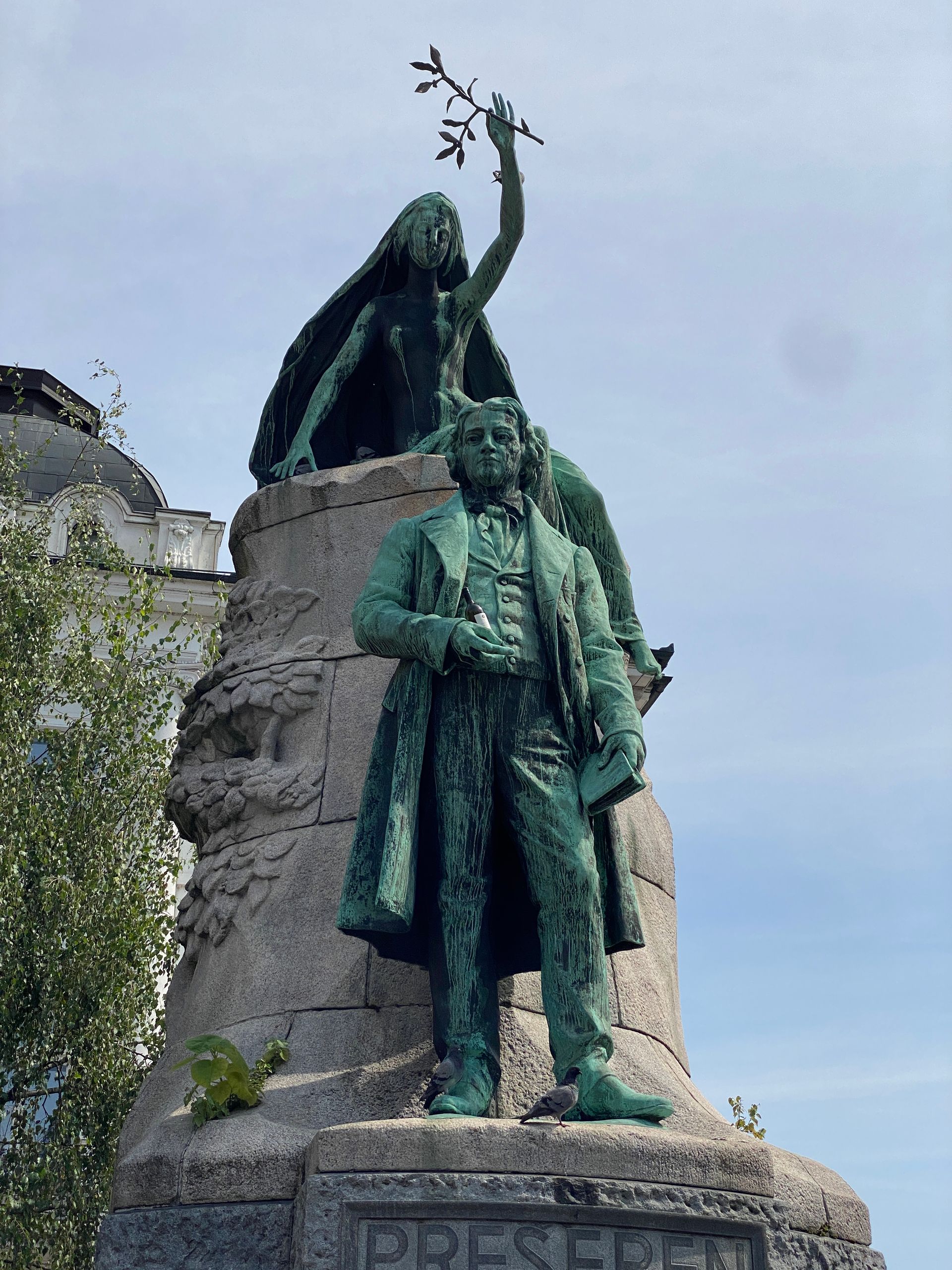
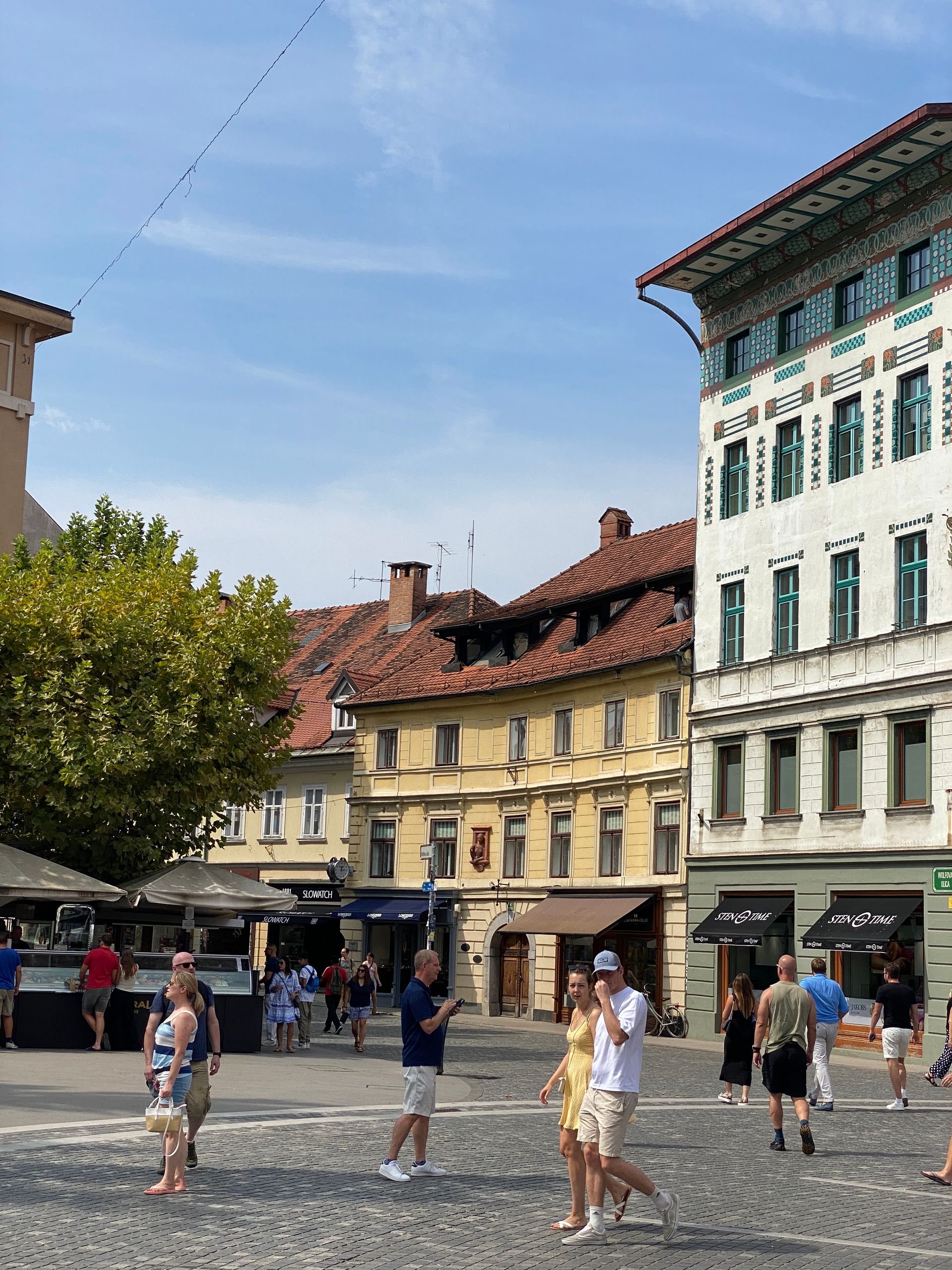

On the “Dragon Bridge”, a few hundred meters away, there are 20 large and small dragons, which represent the state's landmarks and are also found on the city coat of arms. Legend has it that the Greek hero Jason founded the city of Ljubljana: Jason supposedly stole the Golden Fleece from King Aietes and fled across the Black Sea with his ship and the Argonauts. Finally, he is said to have fought a dragon at the source of the Ljubljanica and eventually defeated it.
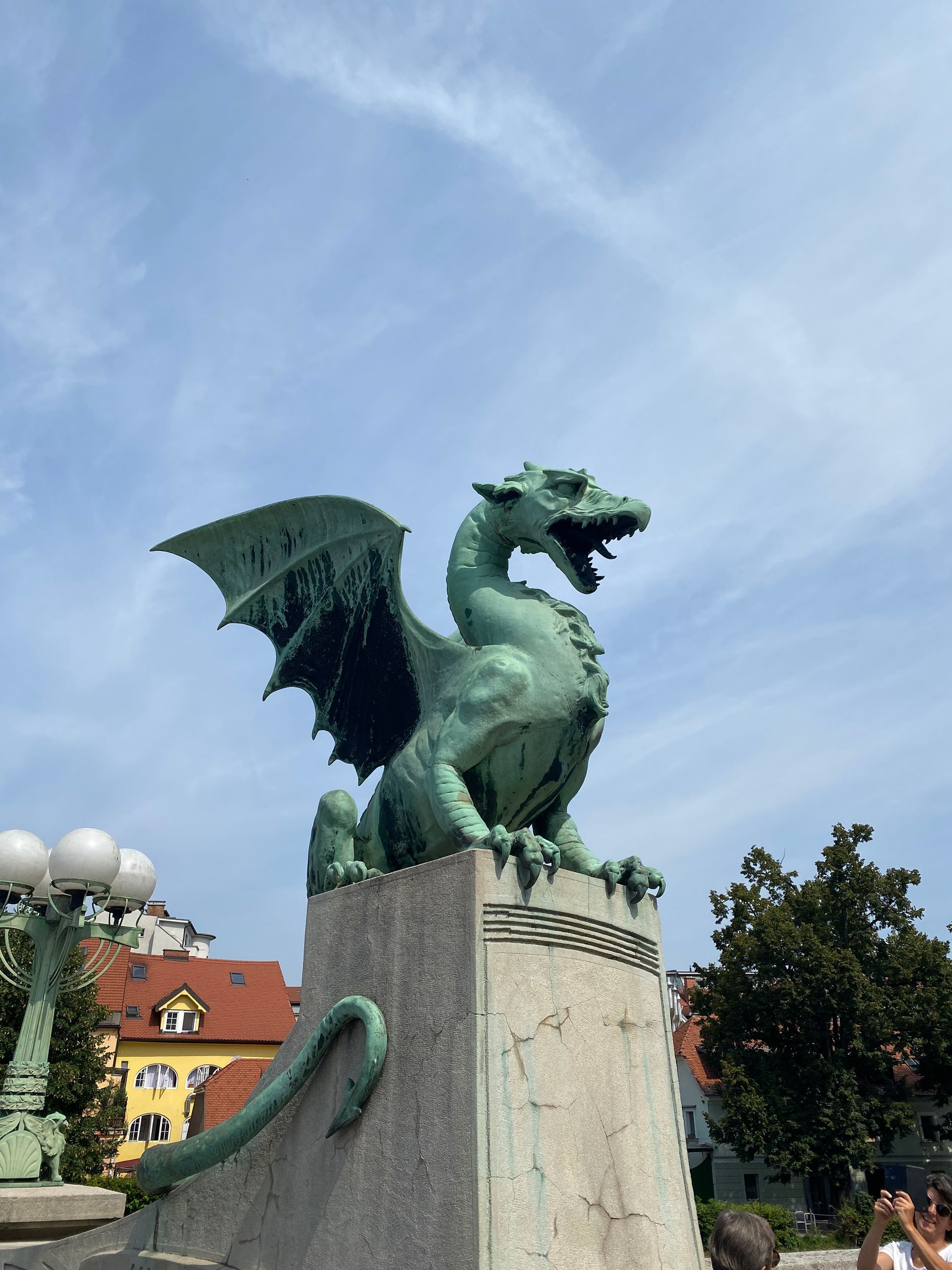
Our tour ended in Congress Park with a view of the city's university. This played a crucial role during Slovenia's communist era. After World War II, Slovenia was part of communist Yugoslavia. Tito, the president of Yugoslavia, was to give an exhilarating speech to the residents of Ljubljana from the university balcony. As he stepped before the people, the previously blue sky turned into a storm front. Despite pouring rain, he delivered his speech. When he left, the sky cleared again. Newspapers the next day reported that Tito came to the city with lightning and thunder.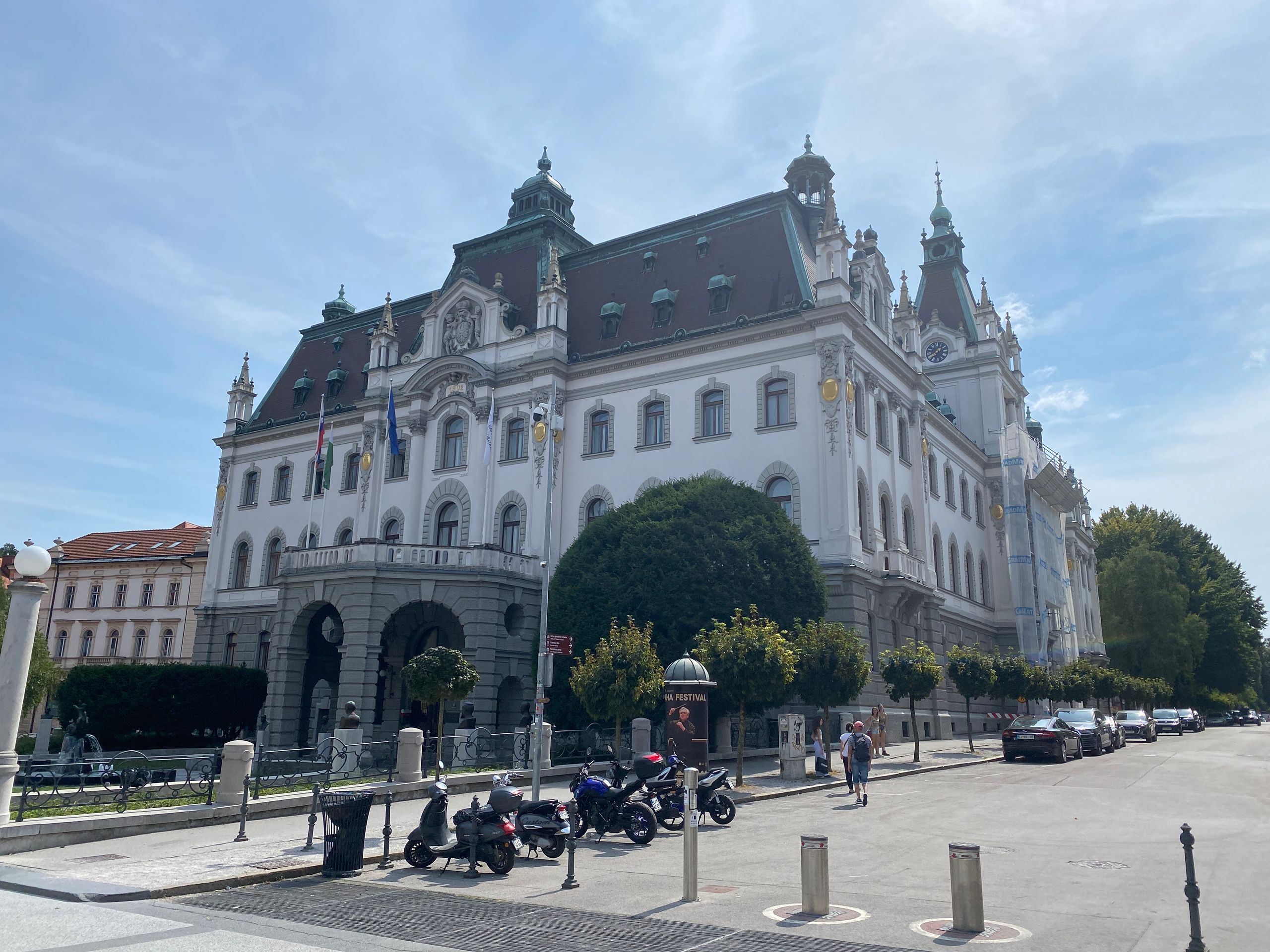
Since 1991, Slovenia has been independent again, but communism still influences people today: students can study here completely free and receive food at greatly reduced prices. A concept from old times that still exists today.
After the tour, I sat on a park bench and ate the leftovers from the bakery. I chatted with a Slovenian woman, who gave me some tips for my stay. Then my ascent to the castle hill of the city began. In the afternoon heat, I climbed the very steep path and could enjoy the view over Ljubljana from the top.

On the way down, I bought an ice cream, which I ate in a nearby park. Back at the hostel, I made spaghetti with tomato sauce for dinner.
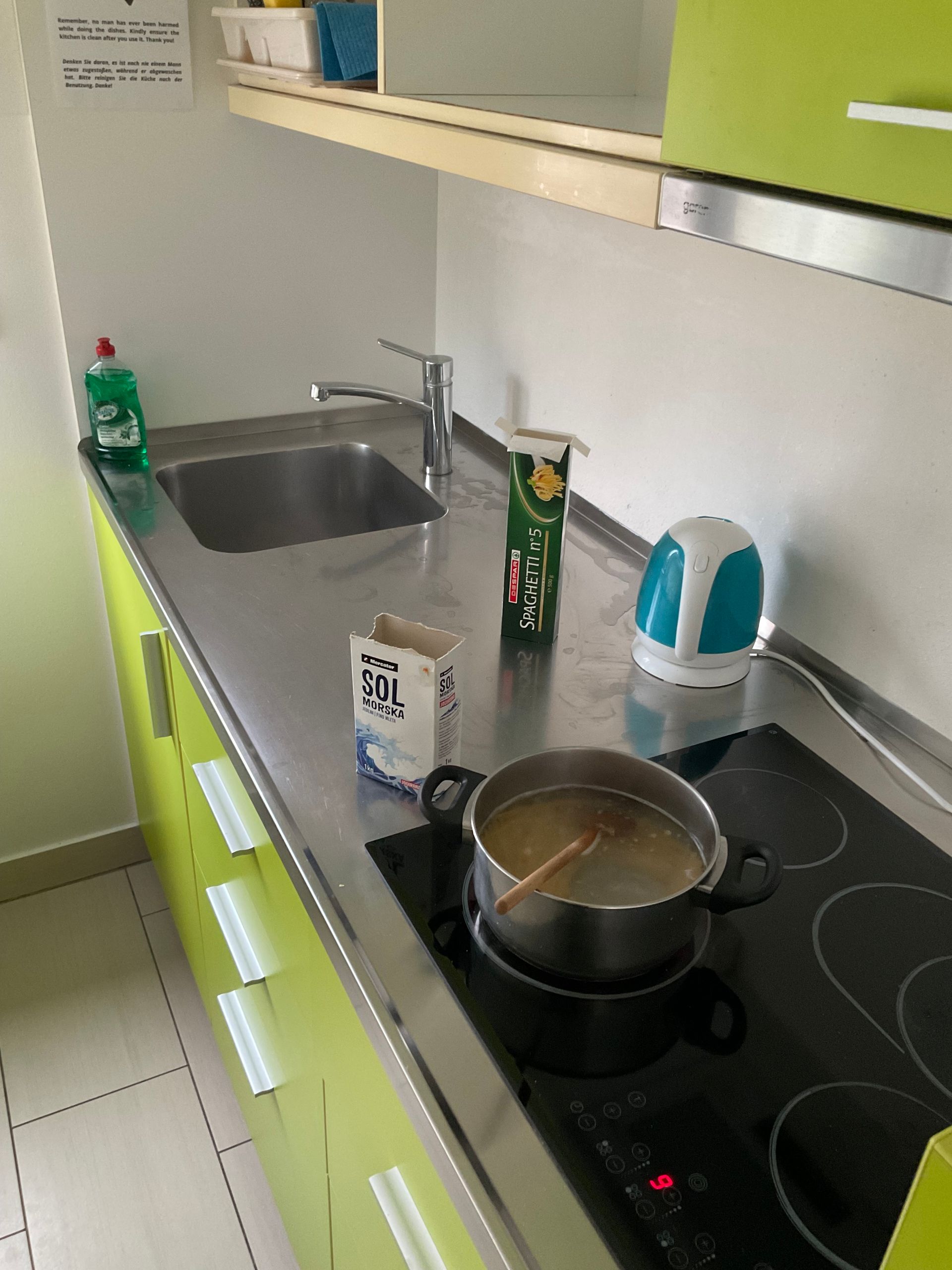

At 20:00, I set off again towards the city. In Congress Square, a huge, free open-air cinema was set up, which was screening classic films. After a short film shot in Ljubljana, the American film “On the Waterfront,” released in 1954, was shown. The film, which won eight Oscars, dealt with corrupt labor unions in America during the 1960s.
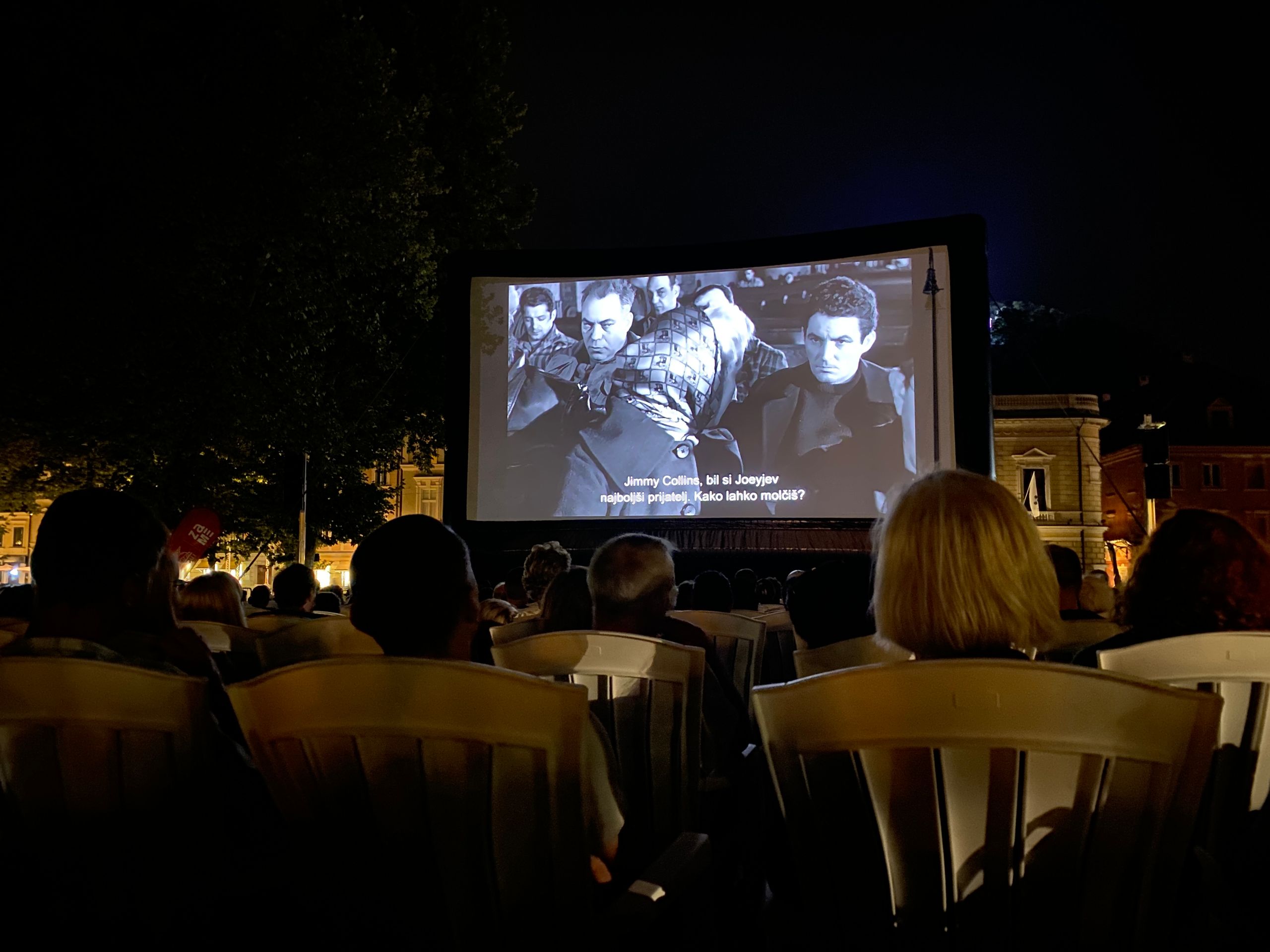
ຈອງຈົດຫມາຍຂ່າວ
ຄໍາຕອບ
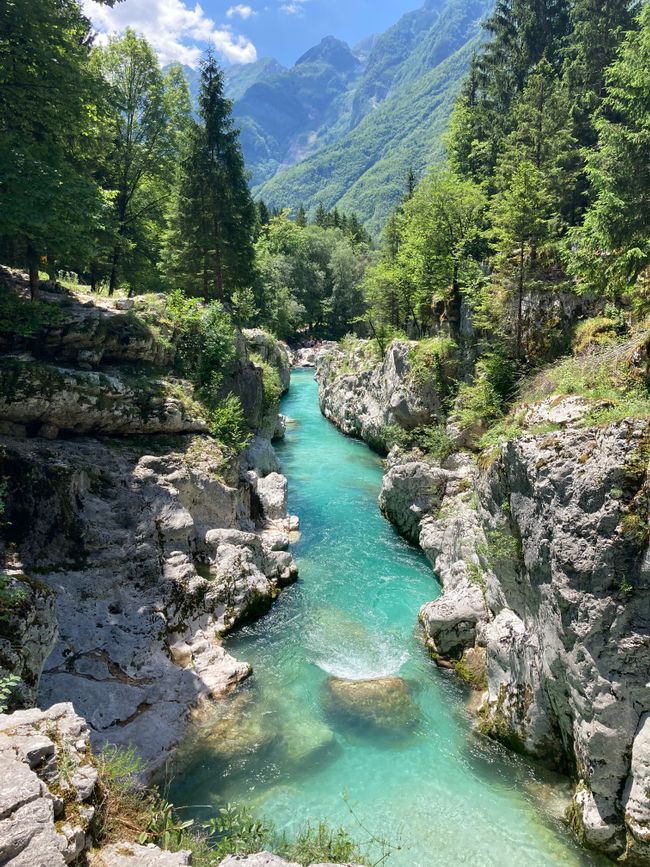
ລາຍງານການເດີນທາງ ສະໂລເວເນຍ
